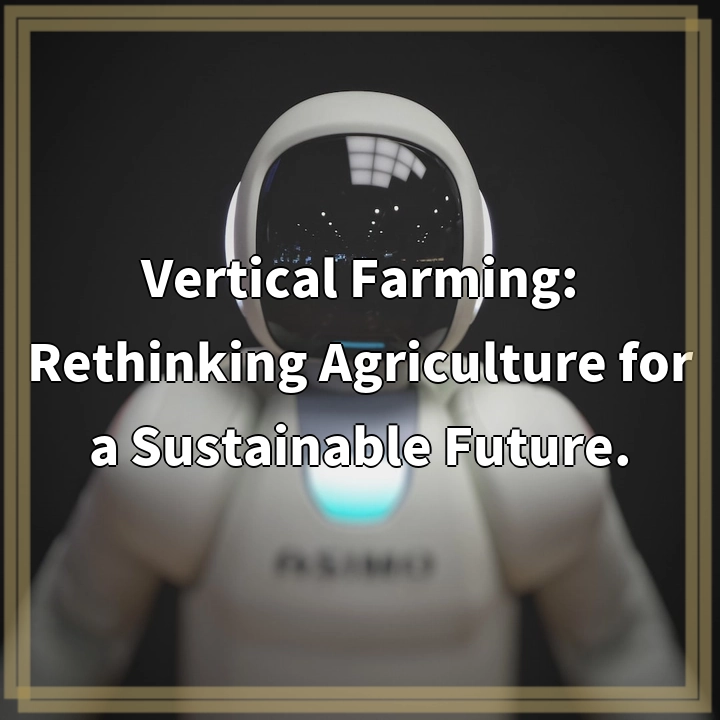
What is Vertical Farming?
Vertical farming is an innovative method of growing crops in vertically stacked layers or vertically inclined surfaces. This approach maximizes the use of space, making it possible to cultivate crops in urban areas or areas with limited land availability. Instead of traditional open-field farming, vertical farming utilizes vertical space and utilizes artificial lighting, climate control, and hydroponic or aeroponic systems to create an ideal environment for plant growth.
Real-World Problems with Vertical Farming
1. High Initial Investment
One of the major challenges of vertical farming is the high upfront costs associated with setting up the infrastructure. The installation of specialized systems such as vertical growing towers, lighting, and irrigation systems requires significant financial investment. Additionally, the continuous operational costs for electricity, water, and maintenance contribute to the overall expenses. However, as the technology and techniques of vertical farming advance, the costs are expected to decrease, making it more accessible in the future.
2. Energy Consumption
Vertical farming relies heavily on artificial lighting, which can consume a substantial amount of energy. Traditional lighting sources such as fluorescent or high-intensity discharge lamps can be energy-intensive and potentially contribute to carbon emissions. However, advancements in LED lighting have proven to be more energy-efficient and environmentally friendly. Additionally, the integration of renewable energy sources like solar panels can further reduce the overall carbon footprint of vertical farms.
3. Scalability
Another challenge of vertical farming is its scalability. While vertical farming allows for more efficient use of space, there are limitations to the amount of produce that can be grown in vertical systems compared to traditional outdoor farming. Large-scale production may require extensive vertical farming infrastructure, which may not be feasible in all urban or densely populated areas. Overcoming the scalability challenge requires further advancements in technology, optimized plant growth techniques, and enhanced automation in vertical farming systems.
4. Water and Nutrient Management
Vertical farming relies on hydroponic or aeroponic systems, which require precise water and nutrient management. Achieving the optimal balance of water and nutrients is crucial for plant growth and ensuring high-quality yields. However, maintaining this balance can be challenging, as any variation or deviation can lead to plant stress, nutrient deficiencies, or diseases. Efficient water recycling techniques and advanced nutrient delivery systems can help mitigate these issues and ensure sustainable water and nutrient management in vertical farming.

Solutions for Vertical Farming Challenges
1. Cost Reduction through Technology Advancements
As technology in vertical farming continues to evolve, there is a positive outlook for cost reduction. Innovation in materials, equipment, and automation can help lower initial investment costs. Research and development efforts should focus on finding more cost-effective lighting solutions and optimizing energy usage. Collaborative initiatives and government support can also play a crucial role in making vertical farming financially viable for farmers and investors.
2. Embracing Sustainable Energy Sources
To address the energy consumption concern, vertical farms can shift towards renewable energy sources. Installing solar panels or utilizing wind power can significantly reduce reliance on non-renewable energy grids. This transition would make vertical farming more sustainable and environmentally friendly while minimizing the carbon footprint associated with artificial lighting.
3. Advancements in Automation and Robotics
Scalability in vertical farming can be achieved through the integration of advanced automation and robotics. Developing robotic systems for plant handling, monitoring, and harvesting can significantly increase production capacity. Automation reduces labor costs and streamlines operations, making it feasible for larger-scale vertical farming projects. Continued investment in research and development in this area will pave the way for more efficient and scalable vertical farming solutions.
4. Enhanced Water and Nutrient Management Systems
To address water and nutrient management challenges, vertical farms need to implement precise monitoring and control systems. Advanced sensors can provide real-time data, allowing farmers to make data-driven decisions for irrigation and nutrient delivery. Implementing closed-loop systems that recycle water and nutrients can help conserve resources and reduce waste. Moreover, ongoing research and experimental practices can uncover innovative techniques to optimize water and nutrient management in vertical farming.















